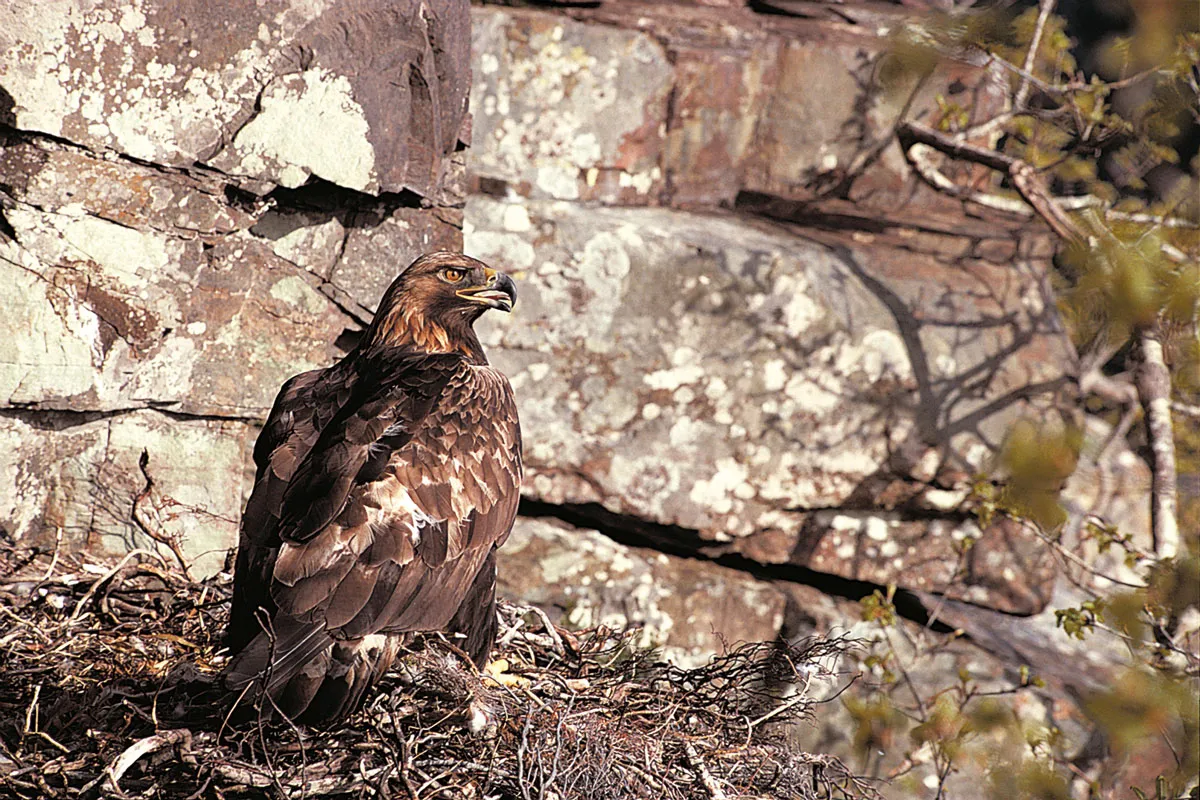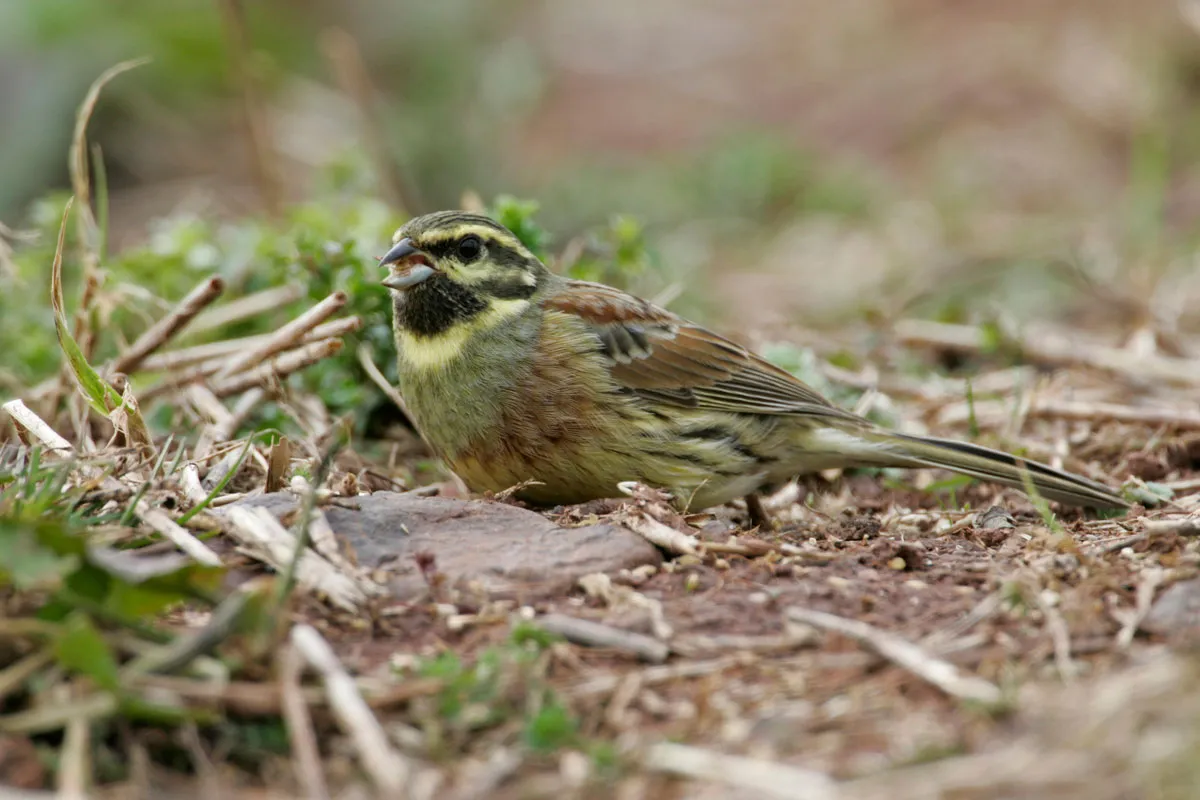The state of the UK’s birds 2016report found that more than a quarter of the UK’s regularly-occurring bird species are now in danger of extinction or have experienced a serious decline in numbers, placing them on the “red list”.
Since 2009, the red list has surged from 52 species to 67 in 2015, highlighting a severe decline in the numbers of many of the UK’s bird species.
Upland species were shown to remain under threat, with five new species added to the red list. Europe’s largest and most distinctive wader, the curlew, is joined by dotterel, whinchat, grey wagtail and merlin, bringing the total of red listed birds to 12.
Habitat loss was found to have contributed to the decline of the UK’s curlew population by almost half, causing the species to be considered ‘near threatened’ globally. Conservation groups have called for urgent action to halt their decline, and an International Single Species Action Plan has been created.
Dr Daniel Hayhow, RSPB Conservation Scientist, said: “Curlews are instantly recognisable on winter estuaries or summer moors by their striking long, curved beak, long legs and evocative call. They are one of our most charismatic birds and also one of our most important.
“The state of the UK’s birds report shows that through land management, new research and existing data, the International Single Species Action Plan aims to understand the key causes of curlew declines across the UK and the Republic of Ireland and take action to reverse this trend.”
The report did contain good news for some bird species. Recent surveys show an increase in numbers for golden eagles, cirl buntings, and winter thrushes. Golden eagle numbers have increased by 15% since the previous survey in 2003, while there are now estimated to be 1,000 breeding pairs of cirl bunting.

In addition, a number of species have moved from the red list to the amber or green lists. Two species, the bittern and nightjar, have moved from red to amber, as a result of the creation and management of suitable habitat, and an additional 22 species have moved from the amber to the green list, meaning they are now of the lowest conservation concern.

Most notably the red kite, once one of the UK’s most threatened species, is now on the green list after efforts from conservationists and landowners to maintain habitats.
Tim Hill, Natural England’s Chief Scientist, said: “We know that when we work together with farmers, with the right management at the right scale we can reverse declines, as we have seen with the fantastic success in recovering cirl buntings. We are working closely with upland land managers to further protect and enhance the wildlife importance of these areas, offering options within our agri-environment schemes which are specifically designed to provide habitats for breeding birds on moorland and grassland.”

